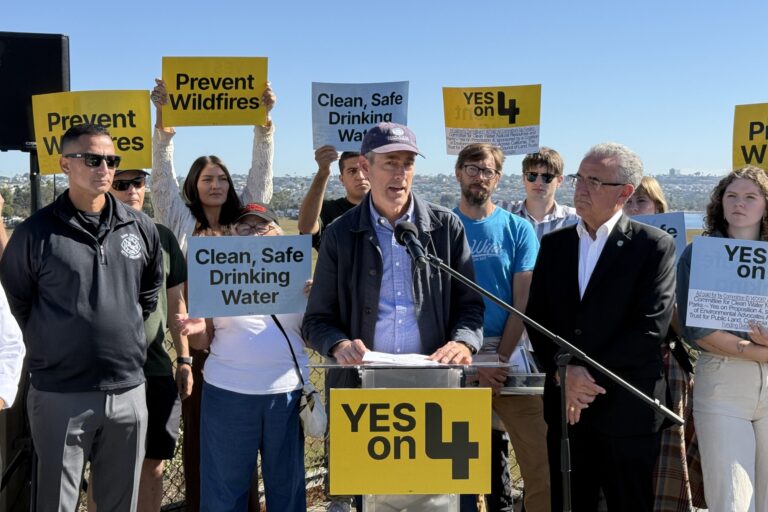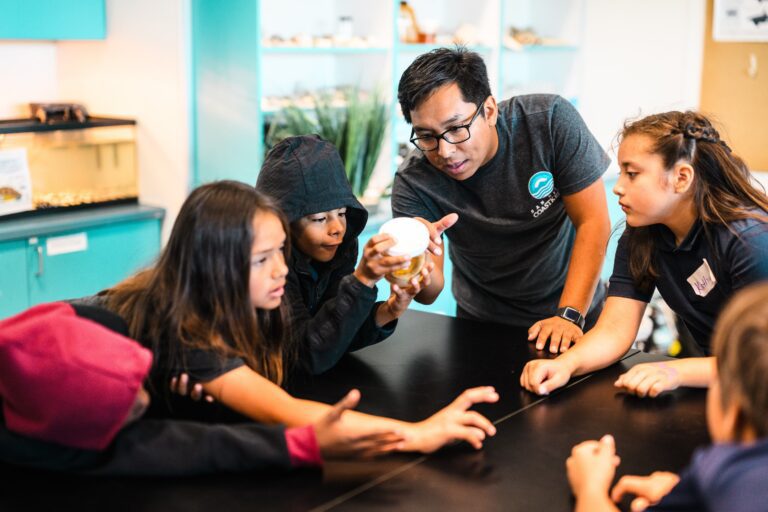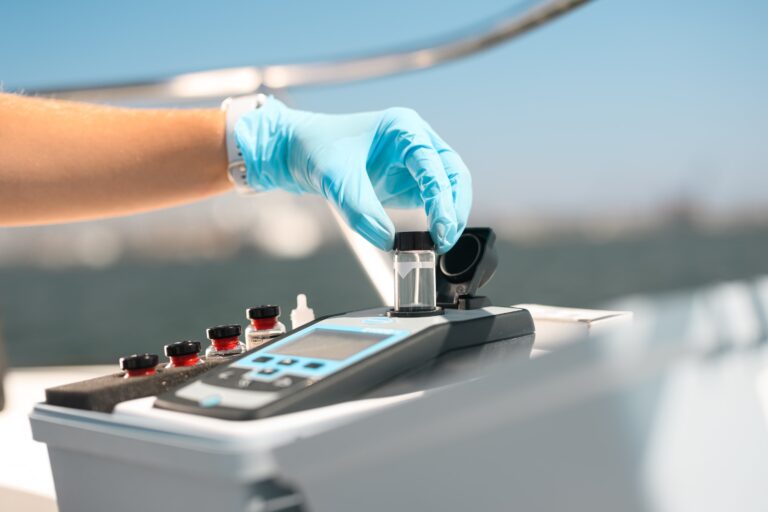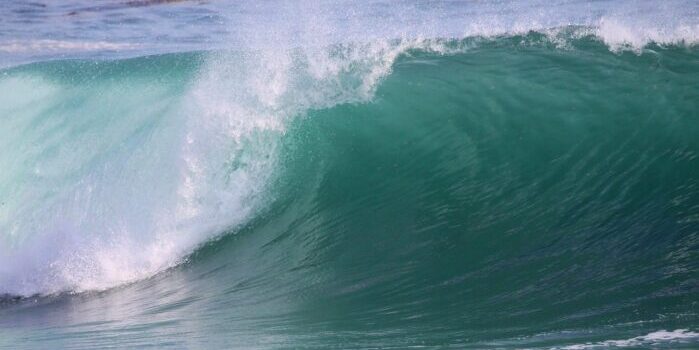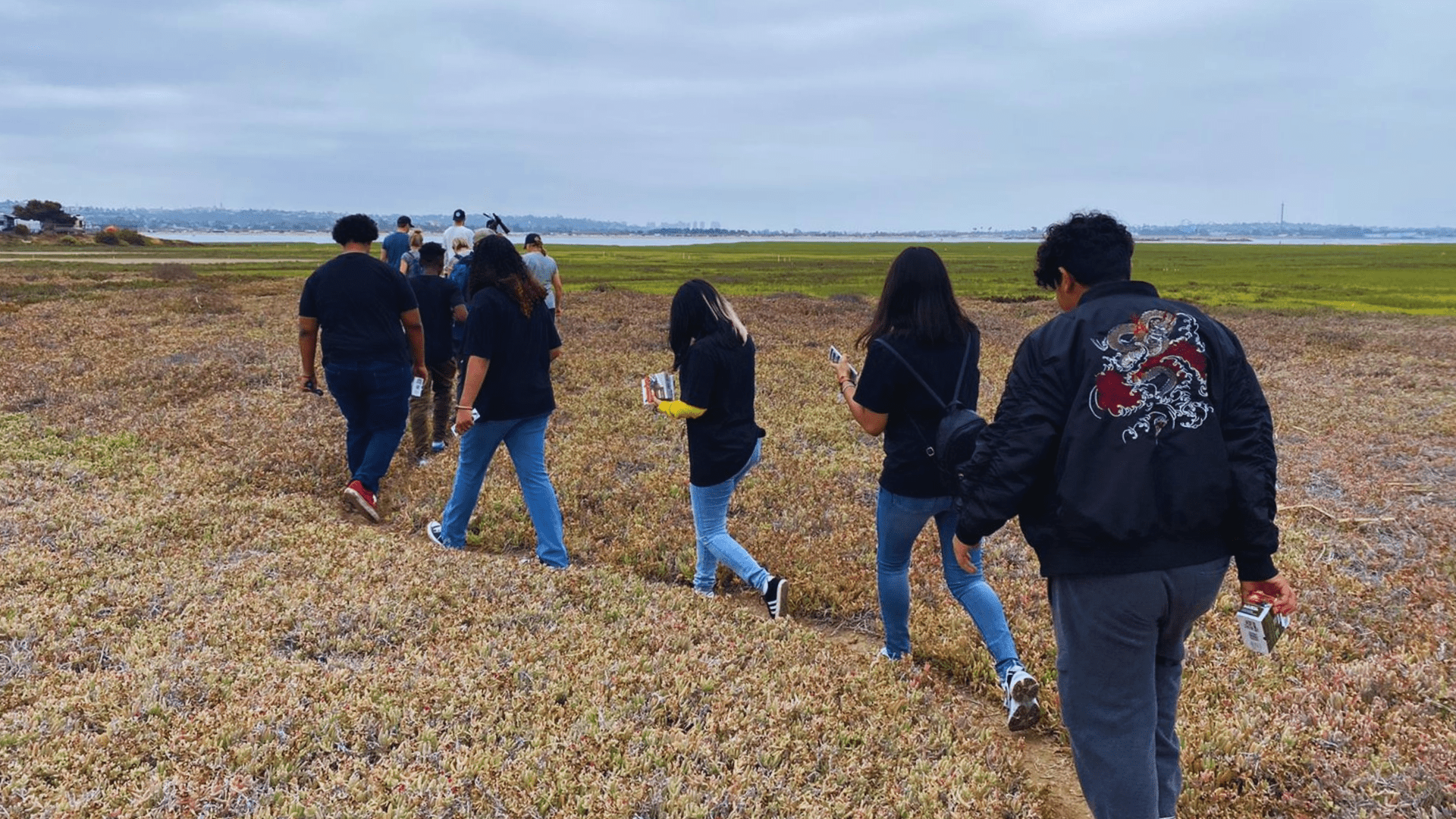We at San Diego Coastkeeper believe that all San Diegans deserve clean, safe, and affordable water to drink and play in. But years of neglect and chronic underinvestment helped perpetuate toxic chemical and trash pollution in communities like Chollas Creek, City Heights, Lemon Grove, La Mesa, Encanto, and Barrio Logan.
Homegrown solutions like our BIPOC Youth Science Program focus on building lasting community health, safety, and financial security to help heal the effects of environmental racism and injustice. It is an example of a practical model for environmental justice programs in San Diego.
We share tips and learnings for growing lifelong water and climate science leaders and advocates to commemorate our program’s first anniversary.
PROVIDE FINANCIAL SECURITY AND STRENGTHEN SUPPORT SYSTEMS
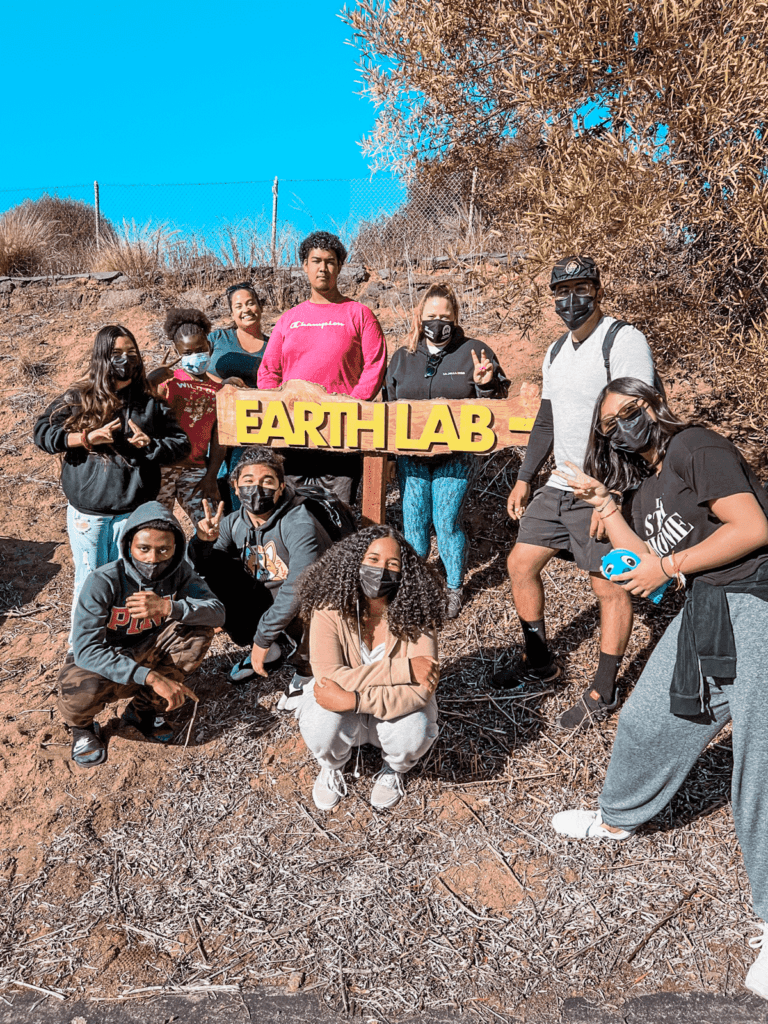  |
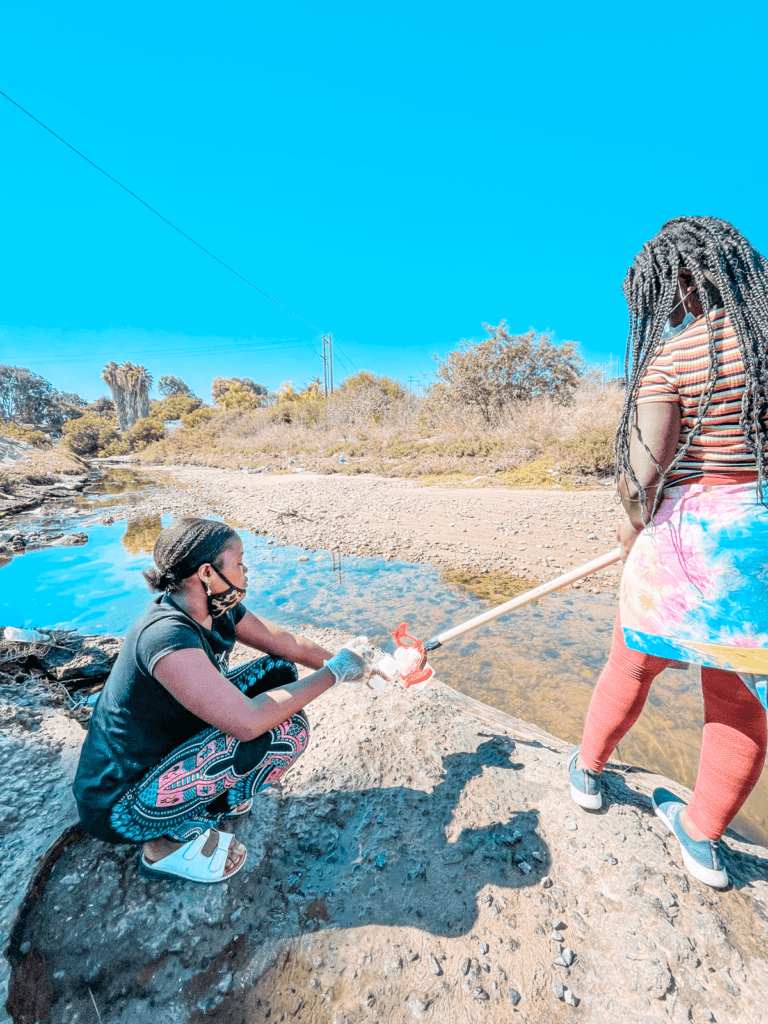  |
Last fall, we launched a new science program in partnership with Groundwork San Diego-Chollas Creek and Outdoor Outreach. Our BIPOC Youth Science Program is rooted in regenerative and healing practices that invest in the well-being of communities experiencing environmental racism. Thanks to our generous funders and donors, we can expand the paid environmental and workforce development program and offer more care and support through capacity building and stipend increases for our students and staff.


We recently increased our capacity to meet with students more frequently. Our once-monthly meetings will expand to weekly after-school meetings and two Saturday activities per month. Water quality monitoring will occur on one Saturday, and the other will focus on outdoor recreational activities, environmental education, and career readiness workshops. More time with students helps build familiarity with new environmental concepts and scientific techniques and camaraderie with staff.
This year, student participants will receive an increase in their stipends from $12.50/hour to $15.00/hour, meeting California’s minimum wage. Several students opened their first bank accounts, and one student purchased their first cellphone with last year’s program earnings. Paid internships and educational programs offer people of all different economic and social classes the opportunity to prepare for the future without sacrificing financial stability.
TEACH TECHNICAL SKILLS AND LOCAL ADVOCACY WITH WATER QUALITY MONITORING
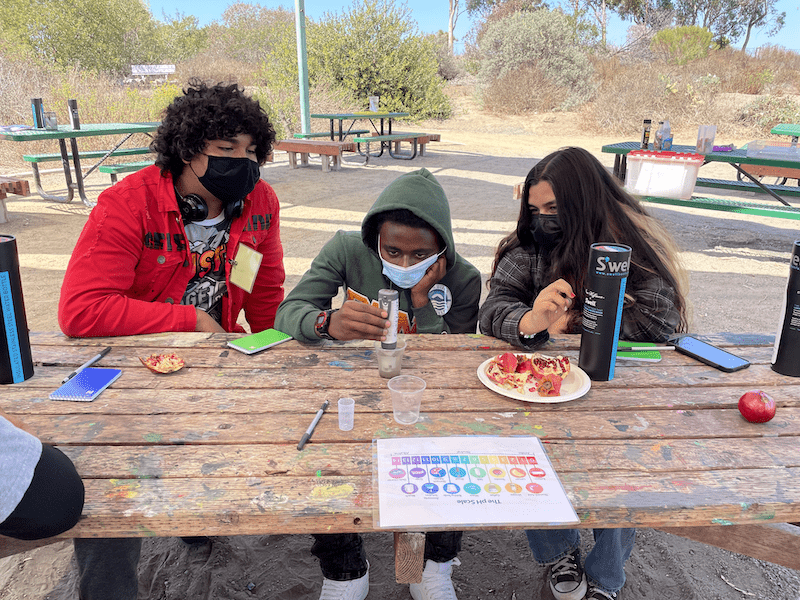

In our first year, students conducted water quality testing and collected data from six locations in the Chollas Creek Watershed. This year, we will add a sampling site near a pocket park project led by Groundworks San Diego-Chollas Creek and its partners. Monitoring the water quality health of this park site can help us understand the benefits and effects on the surrounding communities over time. Pocket parks or mini-parks are small areas of green space in urban areas that provide a safe and inviting environment for surrounding communities. Parks and other green spaces can be places for physical activity, relaxation, and overall physical and mental wellness. They can also help offset the harmful effects of climate change.
  |
  |
We will also release our first annual water quality report card using the data collected in the Chollas Creek Watershed. The report will help illustrate the impacts of our program on the health of the waterways and the surrounding communities. The students will present their findings at an upcoming San Diego City Council meeting to help advocate for a healthier Chollas Creek Watershed.
Build Upon Everyday Experiences and Bridge Community Connections
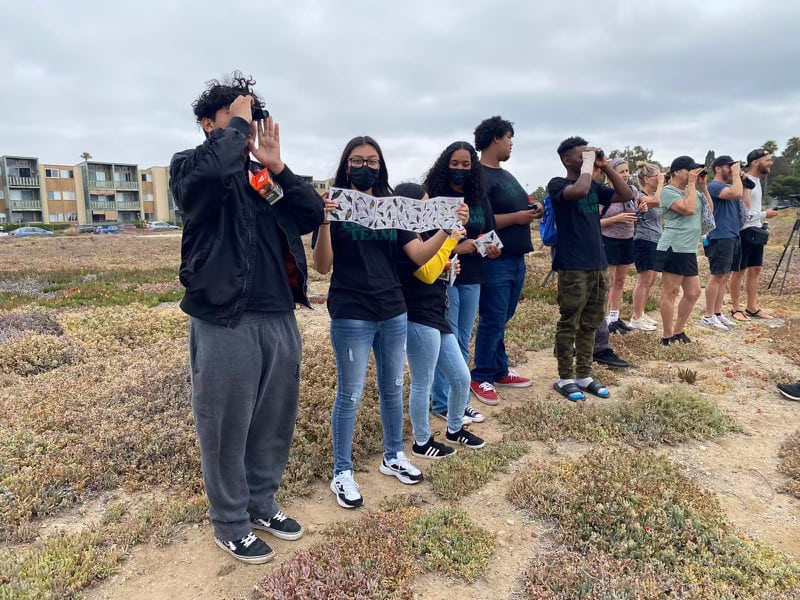

The BIPOC Youth Science Program is a unique opportunity for high school students across different age groups, from freshmen to seniors, to build stronger connections and interact outside of the classroom. Each year, new and returning students apply for acceptance into the program by detailing their career aspirations, ties to the community, and personal commitment to the program. This year, we welcomed six returning students from the original cohort of 12. Two students graduated from the program and high school last year.
Paid internships and training programs provide important tools and access to resources to help develop the professional connections and skills many people need. Last year, we led the students through four informative and engaging educational workshops. The first workshop educated students about watershed dynamics and climate change. The second workshop focused on reviewing the water quality data and dove deep into environmental policies and regulations and local advocacy. At the third workshop, students learned about heat islands, the importance of tree planting, and various tree planting techniques. They also had the opportunity to plant trees firsthand. The final educational workshop educated students about wetlands and their importance, native seed planting, birding, and fishing with a trip to the Kendall-Frost Marsh Reserve in Mission Bay for Latino Conservation Week with San Diego Audubon.
We are excited to incorporate and offer more workforce development aspects like networking and career-building opportunities with professionals. We will provide five career workshops throughout the year focusing on elevator pitches, preparing for job interviews, building a resume, networking, and in-demand jobs.
Inspire Confidence with Outdoor Recreation
We emphasize the importance of self-exploration and self-empowerment throughout the program. Feeling support for trying new things is important to building self-awareness and confidence. With Outdoor Outreach, students enjoyed getting outside of their comfort zone and connecting to nature through outdoor recreational activities. Many participants experienced rock climbing, mountain biking, and tide-pooling for the first time through our program. Throughout the year, we saw students challenge themselves, communicate their needs, and push through new and sometimes difficult outdoor experiences. Students and staff learned something new about themselves and their ability to overcome obstacles.
Invest in Homegrown Solutions


We need solutions for the community and by the community. We need more programs–and funding to support them–that provide job security and workforce development opportunities and inspire confidence and trust. Tell your representatives, funders, and organizations to invest in homegrown solutions, like our BIPOC Youth Science Program, focusing on lasting community health, safety, and financial security.
Thank you for reading our reflection on the first year of our environmental science workforce development program. We look forward to sharing as we grow our vision and capacity in our second year.







